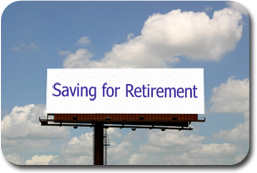 The nonmedical use and abuse of prescription drugs is a serious public health problem in this country. Although most people take prescription medications responsibly, an estimated 52 million people (20 percent of those aged 12 and older) have used prescription drugs for nonmedical reasons at least once in their lifetimes. Young people are strongly represented in this group. In fact, the National Institute on Drug Abuse’s (NIDA) Monitoring the Future (MTF) survey found that about 1 in 12 high school seniors reported past-year nonmedical use of the prescription pain reliever Vicodin in 2010, and 1 in 20 reported abusing OxyContin—making these medications among the most commonly abused drugs by adolescents.
The nonmedical use and abuse of prescription drugs is a serious public health problem in this country. Although most people take prescription medications responsibly, an estimated 52 million people (20 percent of those aged 12 and older) have used prescription drugs for nonmedical reasons at least once in their lifetimes. Young people are strongly represented in this group. In fact, the National Institute on Drug Abuse’s (NIDA) Monitoring the Future (MTF) survey found that about 1 in 12 high school seniors reported past-year nonmedical use of the prescription pain reliever Vicodin in 2010, and 1 in 20 reported abusing OxyContin—making these medications among the most commonly abused drugs by adolescents.
via From the Director | National Institute on Drug Abuse (NIDA).









